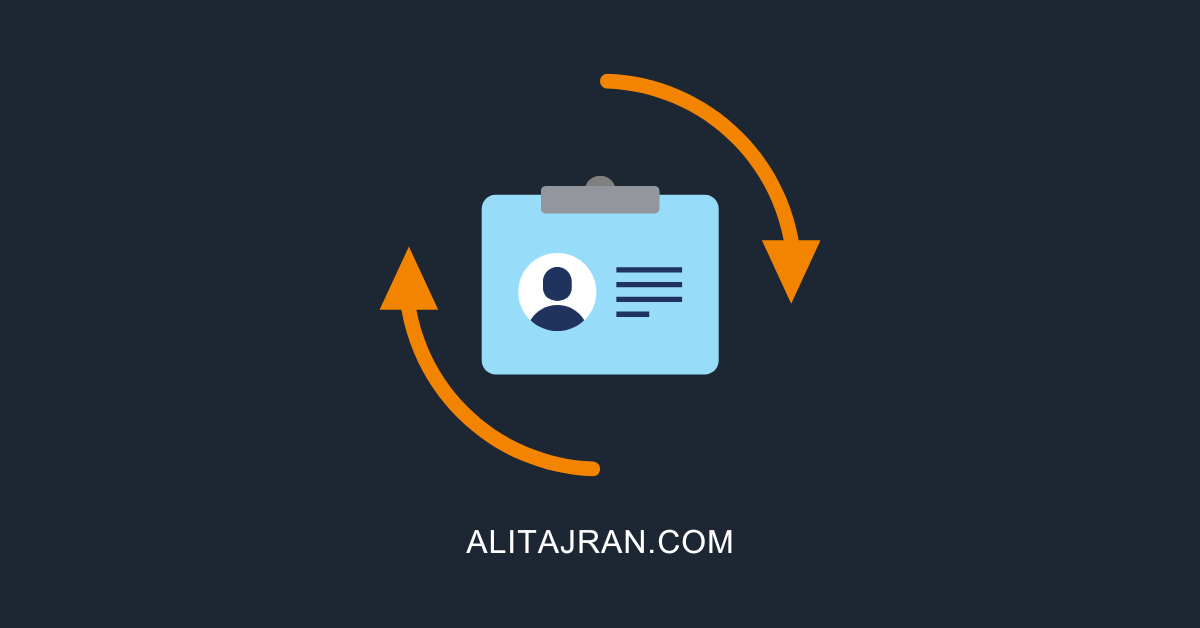You want to synchronize your on-premises users with Office 365. Before you do that, ensure…
October 2023 Exchange Server Security Updates
Microsoft released several Security Updates (SUs) for Microsoft Exchange Server to address vulnerabilities. Due to the critical nature of these vulnerabilities, we recommend that customers apply the October 2023 Exchange Server Security Updates to affected systems immediately to protect the environment.
Note: These vulnerabilities affect Microsoft Exchange Server. Exchange Online is not affected.
Exchange Server Security Updates
Microsoft has released Security Updates for vulnerabilities found in:
- Exchange Server 2016
- Exchange Server 2019
These Security Updates are available for the following specific versions of Exchange:
Read more on how to Install Exchange Security Update.
If you are not at these Exchange Server CU versions, please update right now and apply the above patch.
Read more on how to Install Exchange Cumulative Update.
Vulnerabilities addressed in the October 2023 Security Updates were responsibly reported by security partners and found through Microsoft’s internal processes. Although we are not aware of any active exploits in the wild, our recommendation is to install these updates immediately to protect your environment.
Install update for CVE-2023-36434
During the release of August 2023 SUs, we recommended to use a manual or scripted solution and disable the IIS Token Cache module as a way of addressing CVE-2023-21709. Today, Windows team has released the IIS fix for root cause of this vulnerability, in the form of fix for CVE-2023-36434. We recommend installing the IIS fix after which you can re-enable Token Cache module on your Exchange servers.
If you did not do anything to address CVE-2023-21709 yet:
- Install update for CVE-2023-36434 on all your Exchange Servers.
If you have followed our August 2023 recommendation and disabled the Token Cache module (either by using single-line command or our CVE-2023-21709.ps1 script), or want to address possible performance concerns you have seen since disabling the module, do the following:
- Install update for CVE-2023-36434 on all your Exchange Servers.
- Re-enable IIS Token Cache module by doing one of the following:
To enable Token Cache module on individual server only, run the following from the elevated PowerShell window:
New-WebGlobalModule -Name "TokenCacheModule" -Image "%windir%\System32\inetsrv\cachtokn.dll"To enable Token Cache module on all servers in the organization (after Windows Updates were installed), you can use our CVE-2023-21709.ps1 as Administrator in Exchange Management Shell (EMS):
.\CVE-2023-21709.ps1 -RollbackKnown issues in this update
- There are no known issues with this update
Issues that are fixed in this update
The following issues have been resolved in this update:
- Extended Protection causes Outlook for Mac not to update the OAB
- Details Templates Editor fails and returns BlockedDeserializeTypeException
- Users in account forest can’t change expired password in OWA in multi-forest Exchange deployments after installing August 2023 SU
FAQs
How does this SU relate to Extended Protection feature?
If you already enabled Extended Protection on your servers, install the SU as usual. If you did not enable Extended Protection yet, our recommendation is to enable it after installing January (or any later) SU. Running Health Checker script will always help you validate exactly what you might need to do after SU installation.
Is Windows Extended Protection a prerequisite that needs to be activated before or after applying the SU, or is that an optional but strongly recommended activity?
Extended Protection is not a prerequisite for this Security Update. You can install it without having to activate the Extended Protection feature. However, configuring Extended Protection is strongly recommended, which can help you protect your environments from authentication relay or “Man in the Middle” (MITM) attacks.
The last SU that we installed is (a few months old). Do we need to install all SUs in order, to install the latest one?
The Exchange Server Security Updates are cumulative. If you are running the CU that the SU can be installed on, you do not need to install all the SUs in sequential order but can install the latest SU only.
My organization is in Hybrid mode with Exchange Online. Do I need to do anything?
While Exchange Online customers are already protected, the October 2023 Security Update needs to be installed on your on-premises Exchange Servers, even if they are used only for management purposes. You do not need to re-run the Hybrid Configuration Wizard (HCW) after applying updates.
Do I need to install the updates on “Exchange Management Tools only” workstations?
Install Security Updates on all Exchange Servers as well as servers or workstations running Exchange Management Tools only, which will ensure that there is no incompatibility between management tools clients and servers.



This Post Has 0 Comments